By: MOLA Headland
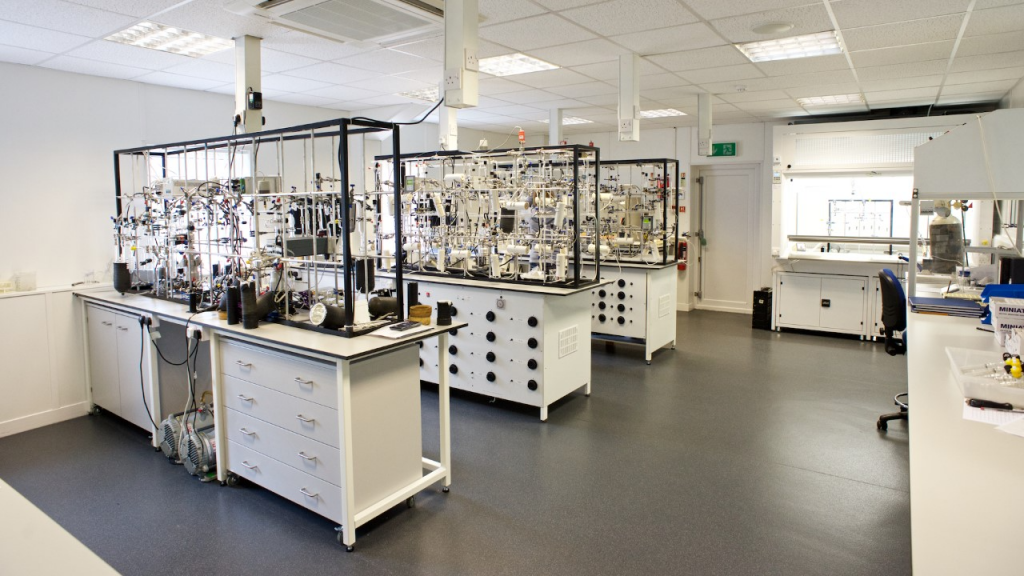
Radiocarbon dating on the A14 Cambridge to Huntington Improvement Scheme
May 17, 2021Radiocarbon dating is a key tool that is allowing us to more precisely understand the chronology of archaeological sites and features across the A14 Cambridge to Huntingdon improvement scheme. Over 400 radiocarbon samples have been sent to the Scottish Universities Environmental Research Centre (SUERC), giving us dates for features such…
Read More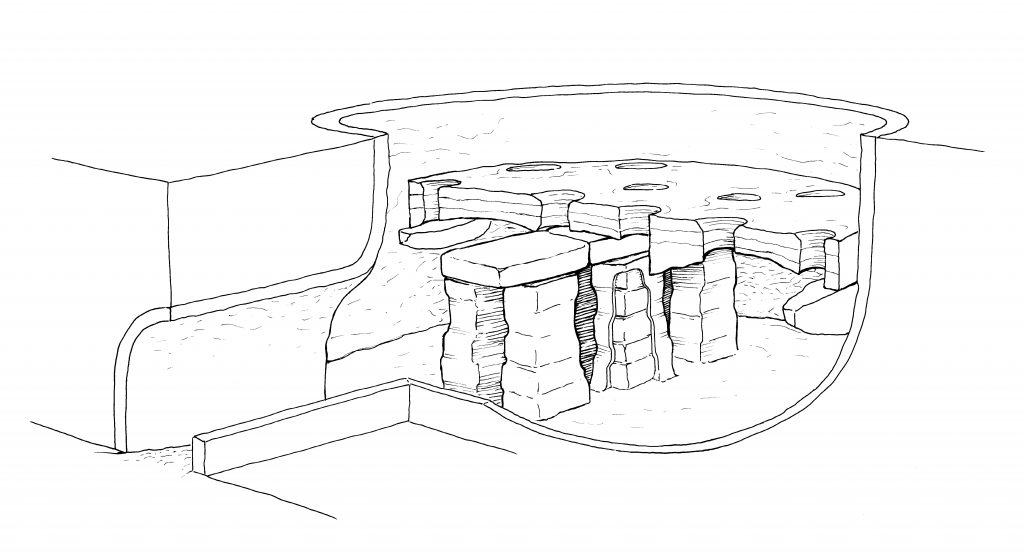
‘What have the Romans ever done for us?’: the Roman Ceramic Revolution in Cambridgeshire
March 18, 2021The numerous archaeological surveys we have carried out on the A14 Cambridge to Huntingdon improvement scheme have revealed a huge range of archaeology, dating from the earliest hunter-gatherers to the Second World War. Most recently, excavations by MOLA Headland Infrastructure have revealed new insights into the Roman Ceramic Revolution in…
Read More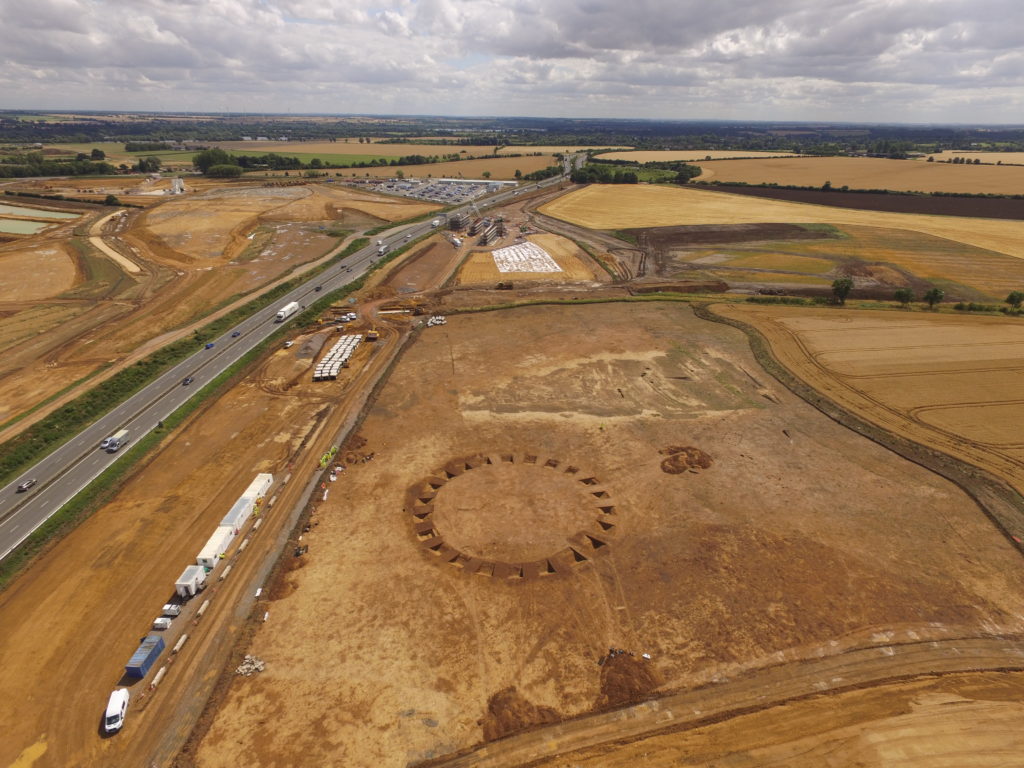
Fully-funded Highways England Master’s Studentships on the archaeology of the A14C2H
January 7, 2021From July 2021 we will be welcoming two Archaeology Master’s Students to MOLA Headland Infrastructure as part of an exciting MA Studentship opportunity, funded by Highways England and delivered in conjunction with the University of Reading. The award-holders will spend the first 12 weeks of their programme (July-September 2021) on…
Read More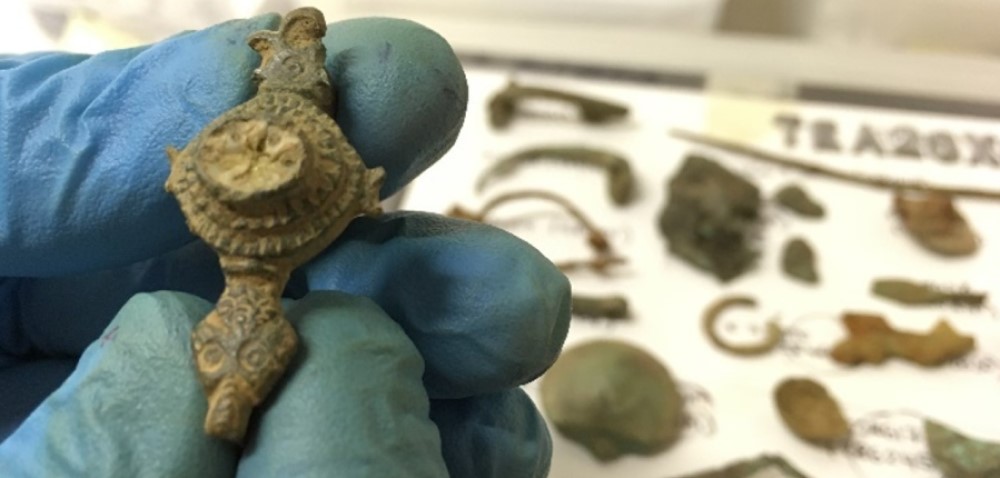
Highways England and MOLA Headland provide learning opportunities for Archaeology Masters Students
December 15, 2020“It sounds like everything I could have dreamed of” were the thoughts of Lanah Hewson when she applied for an exciting MA Studentship opportunity with MOLA Headland Infrastructure in January 2020. Six months later, Lanah and fellow Archaeology masters student and successful applicant, Jemma Moorhouse, had joined the company and…
Read More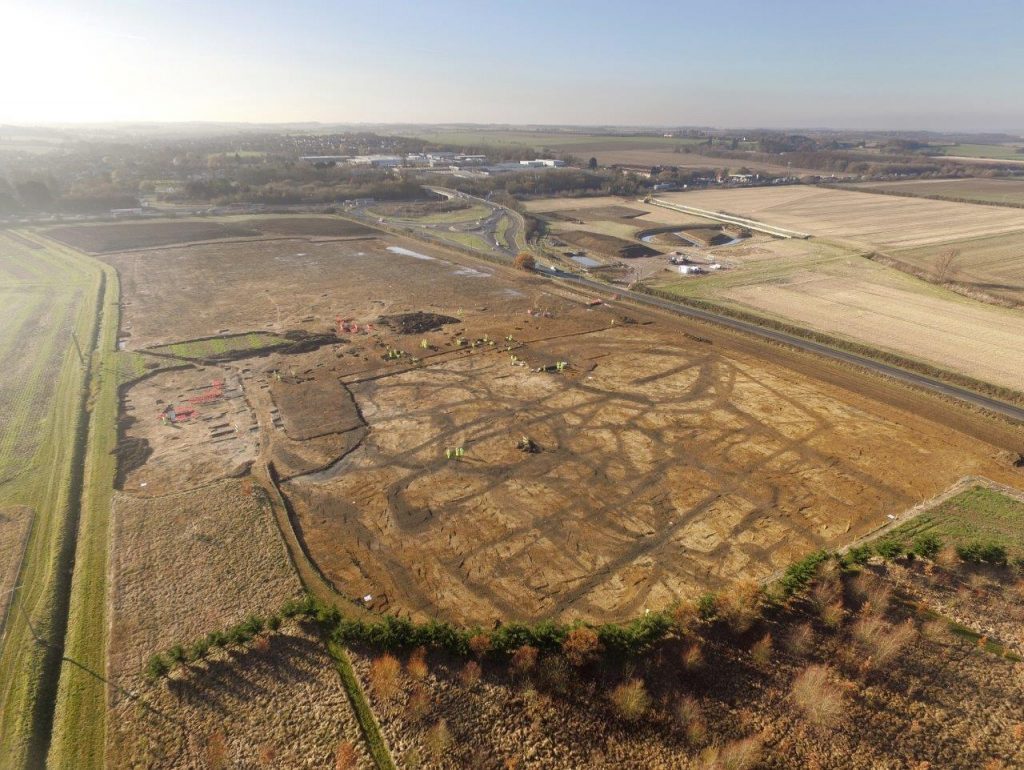
The road ahead: making sense of twelve thousand years of archaeology along the A14 in Cambridgeshire
September 29, 2020Our efforts to uncover the secrets of the Cambridgeshire countryside through the archaeology programme of the A14 Cambridge to Huntingdon improvement scheme have reached an exciting stage. We have started the main phase of analysis, with a project team of over 70 people spread all over the country looking at…
Read More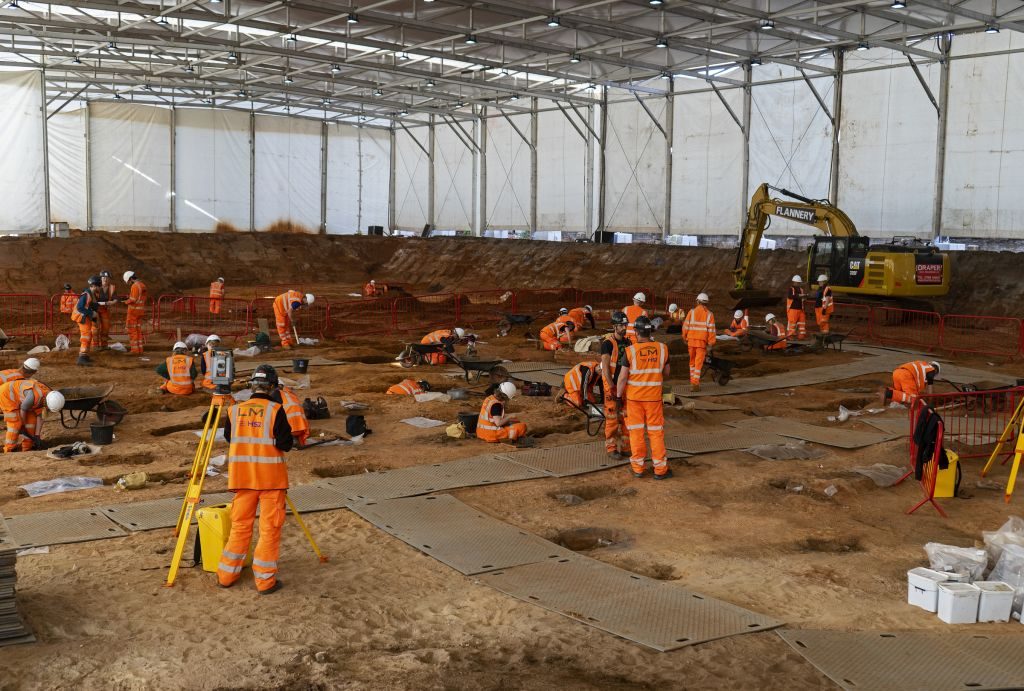
Heritage Open Days Webinar: HS2 Archaeological Findings at Park Street, Birmingham
August 24, 2020Date: Tuesday 15 September Time: 12:30 – 13:30 Price: Free Location: Online webinar Did you know that one of the biggest archaeological digs in the UK has been taking place in Birmingham? A team of MOLA Headland archaeologists excavated the Park Street burial ground, close to Birmingham city centre. In…
Read More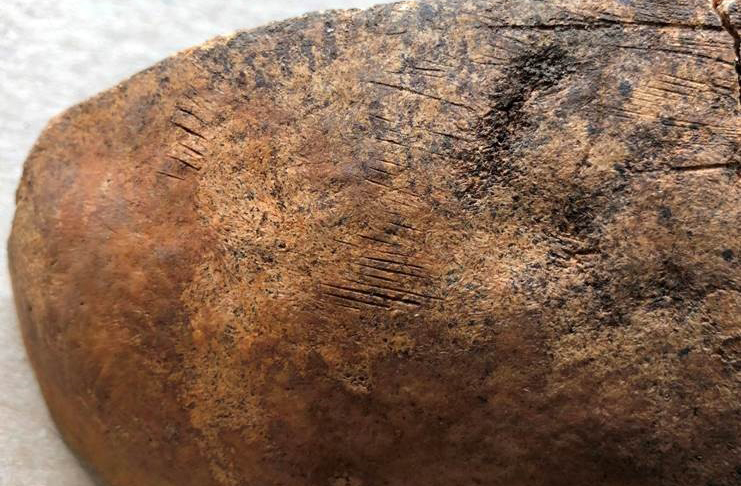
Dissecting the past: Park Street studies shed light on how student anatomists honed their skills
February 19, 2020Don Walker, Senior Human Osteologist for MOLA Headland Infrastructure, is one of a team of experts who have studied over 4,000 burials as part of post-excavation work at Park Street burial ground in Birmingham. This work was carried out for the design consultant WSP (in consortium with Ramboll) and Principal…
Read More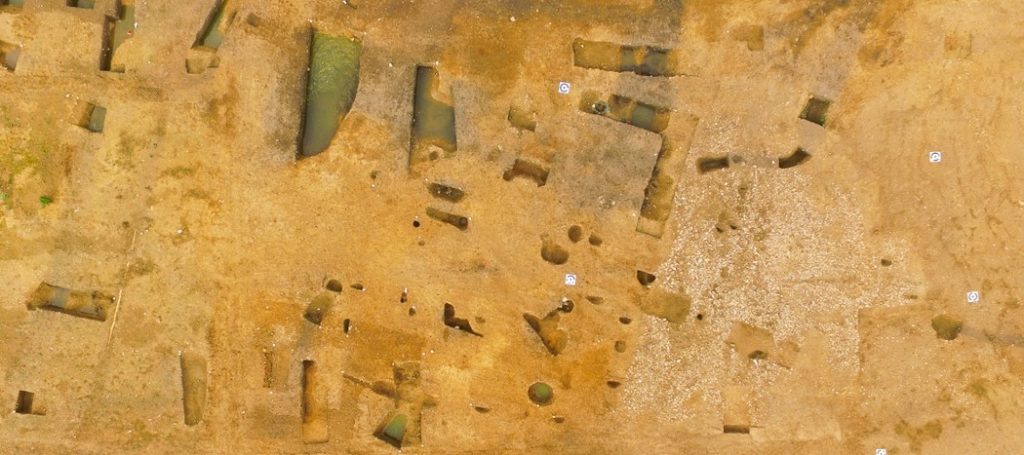
Tracing lost Roman bath houses and ancient tile trade networks on the A14C2H scheme
January 6, 2020Now that excavations on the A14 Cambridge to Huntingdon improvement scheme are complete, it is over to our specialists to reveal the finer details and significance of what has been uncovered. In this blog, MOLA Headland specialist Ian Betts shares why tiles found near Offord Cluny may hint at a…
Read More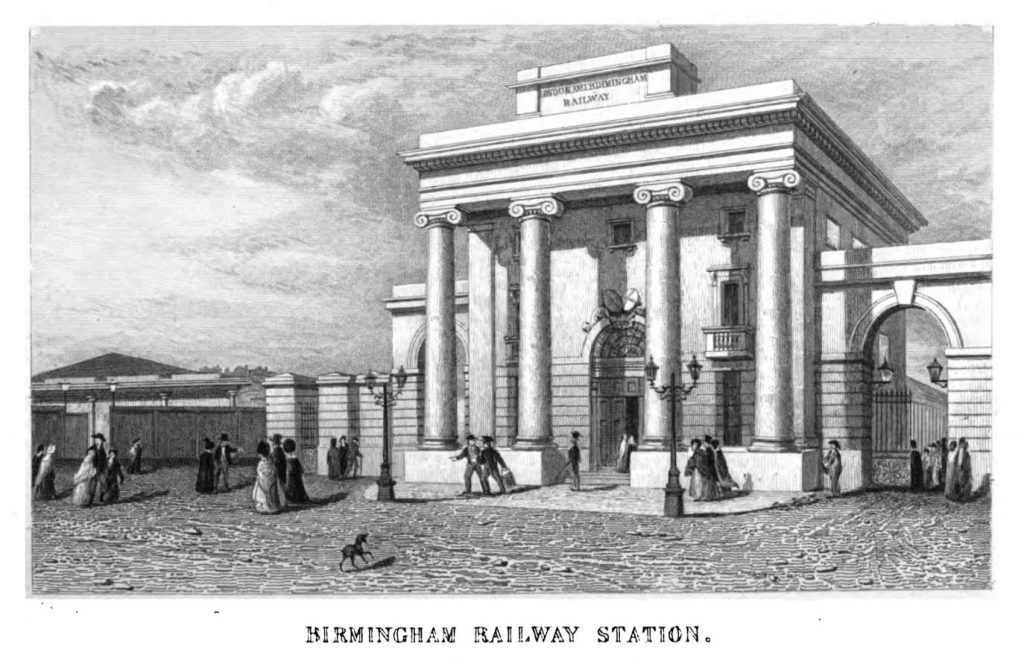
The Iron Road: Birmingham and the Development of the Railways
November 19, 2019MOLA Headland Community Engagement Officer, Paul McGarrity, explores the rich railway history of Birmingham and recent discoveries made at Curzon Street during archaeological work carried out on behalf of LM for HS2. Excavations at the site of the terminus of the London to Birmingham rail route at Curzon Street station…
Read More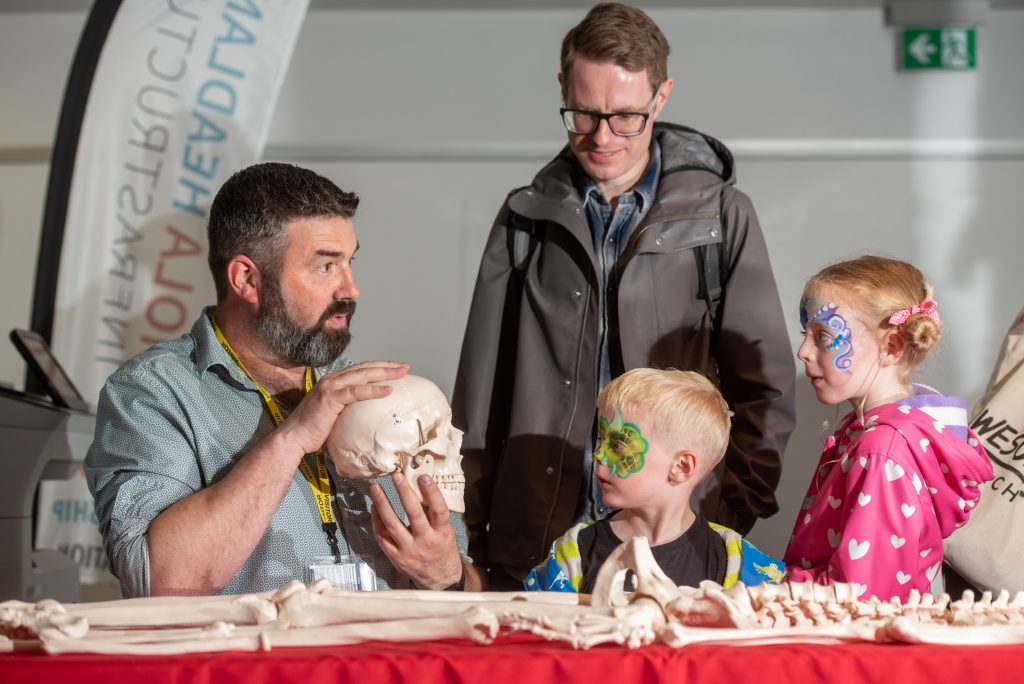
MOLA Headland archaeologists to appear at Thinktank ‘Meet the Experts’
October 31, 2019Date: Friday 1st November Time: 11:00 – 16:00 Price: Free with admission to Thinktank (prices are on the Thinktank website) Location: Thinktank, Millennium Point, Curzon Street, Birmingham, B4 7XG On the 1st November, two of our archaeologists will be at Thinktank – Birmingham’s science museum – to talk about the…
Read More